World Fine Art Professionals and their Key-Pieces, 134 - Esther van der Wallen
World Fine Art Professionals and their Key-Pieces, 134 – Esther van der Wallen
This spring there was an exhibition of Esther van der Wallen’s work in the Victor Laurentius Gallery. The photos were hanging in a hall that had an view on the Hofvijver (the Court’s Pond). In the pond were some floating planks in the colors red, yellow and blue in the context of the Mondrian Year 2017.
On a number of photos I saw see ladies in various sensual poses. Esther van der Wallen was inspired by the work of the Czech photographer Miroslav Tichý, amongst others.
Tichý
Esther van der Wallen: “In the 1950s, Tichý made pictures of ladies he secretly photographed on the street and in the swimming pool. He lived as a clochard in a small cottage and had his own camera manufactured by using toilet rolls, cans, yarn bobbin and elastic. The lenses were old glasses. He walked around in sloppy clothes and everyone allowed him to photograph. Some believed that his camera could not be real. That produced exciting pictures because he could capture everything. ”
His darkroom was decorated with pans, buckets and pieces of garden sheds. In his developing tray was a lot of dirt. Rats sometimes chopped pieces of pictures. This gave his pictures a very own ‘dirty’ atmosphere that contributed to his fame at the end of his life. I remember his photographs from an exhibition at Fotomuseum The Hague a few years ago.
Esther saw an exhibition of Tichy’s work in New York in 2010, showing the crafted cameras. In her free work she also tries to call such an atmosphere. She processes the recordings with grain, she creates stains and tries to get movement in the photographed object. It looks like analog pictures and that’s exactly the purpose.
A view into someone’s life
Esther van der Wallen’s work is about man. She does not let people pose, but records them in a spontaneous way. She shows a photo she recently took in Paris, near the Louvre. To the left of a sculpture on a pedestal of a gloomy, thoughtful man, you see two ‘spectators’. However, they do not look at the sculpture, but are turned away, looking at their phones.
Van der Wallen also conducts street and report photography. “I like to capture the diversity of humans. Those street photos tell a kind of story, make an emotion visible, give a glimpse into one’s life.” Sometimes an approving nod seems to be enough to let people participate. In other cases, she has a chat and then gets permission. “These are fun, spontaneous meetings.”
Close your eyes
We look at the ladies on the wall. The lady at the far left, which is also on the poster, said, when she saw the picture of herself, ‘I’m real.’ She also appears to be the main character of two other pictures, a dancing woman. “I click a lot. I try to capture a situation as exciting and spontaneous as possible. ”
Esther recently made pictures in Palace Het Loo, objects in the attic. “There are miles of objects. Paul Rem, the conservator, walked ahead and threw up a cloth so that I could capture an object. Here too, I captured it in my style.” She has her own methods to create a relaxed atmosphere. “I do not like spastic fuss. Soon I have to photograph a group of people. Then I say for example, ‘Close your eyes when I count to three’. When they open their eyes, they look astonished. That’s a great time to click.”
Malietoren (Malie Tower)
Esther comes from a creative nest. Her father had an advertising agency, her mother’s grandpa was a painter. She drew and painted a lot. At the Vrije Academie (Free Academy) she had a painting course. The basis of her photography is the use of photographs as a tool for the development of her paintings. She made architectural paintings. “In 1999/2000, a number of my paintings went to the Hague Historical Museum. I painted the Malie Tower in a surrealistic environment. Below the building you saw the Utrechtsebaan, but there were no cars but trees to see. The building of the Mali Tower has been exactly copied. ”
Although she has put all the paintings neatly somewhere, she occasionally wants to take up the brush again. But she does not have a lot of time because, in addition to her photography, she also has an ‘interim job’ at ASN Bank’s sustainability fund.
Pulchri
Esther does not have a true photography education. “I have been brought up with photography. At my ninth, I got a camera and I was excited to use it. I have done many workshops, also at the Photo School (Fotovakschool) and a Summerschool. Most did I learn myself. ”
Last year she had her first photo exhibition in Pulchri. She was asked for it. “I photographed for the ‘Friends of the Hofvijver’, a lady of the exhibition committee saw that and asked if I wanted to do an exhibition. My photos have hung for about a month. I have sold seven works.” Then she was balloted for Pulchri and accepted. “I can participate in group exhibitions, there will soon be one titled ‘Meetings in public space’, supported by the Ministry of Infrastructure and Environment.” This exhibition shows a series of her street photos.
The alderman
The exhibition in the Victor Laurentius Gallery came spontaneously. “Victor Laurentius had seen me on Facebook. He first had a gallery in Babylon, but had to leave there. Now he has two rooms in the ANNA @ KV2 property of ANNA Real Estate and Culture. I was asked for the opening exhibition in the hall on the Hofvijver side.
The exhibition was opened by Alderman Boudewijn Revis. “He told a personal story. We have met a couple of times in the city over the last few years, in which I have captured him for various clients. ”
Picture 1) Portrait Esther van der Wallen
https://www.facebook.com/esther.vanderwallen
http://esthervanderwallen.nl/ http://bit.ly/2rhnUZW
http://ifthenisnow.eu/nl/verhalen/de-wereld-van-de-haagse-kunstenaar-66-esther-van-der-wallen
Disclaimer: The views, opinions and positions expressed within this guest article are those of the author Walter van Teeffelen alone and do not represent those of the Marbella Marbella website. The accuracy, completeness and validity of any statements made within this article are not guaranteed. We accept no liability for any errors, omissions or representations. The copyright of this content belongs to Walter van Teeffelen and any liability with regards to infringement of intellectual property rights remains with the author.

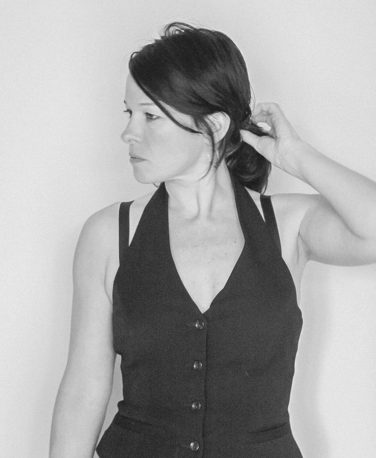
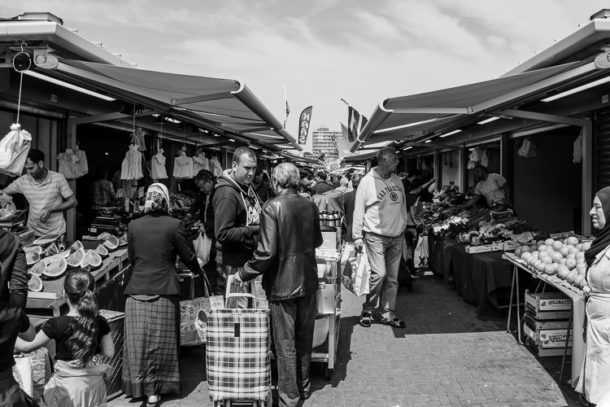

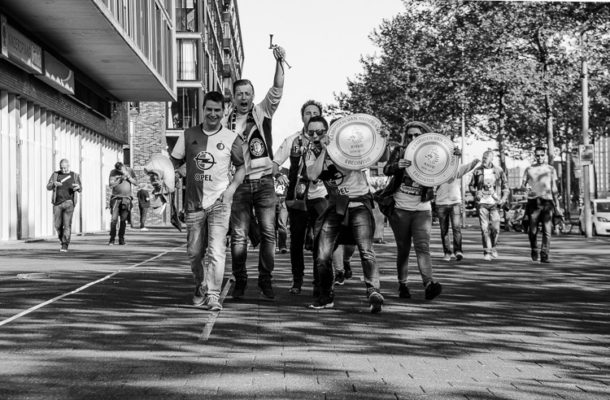
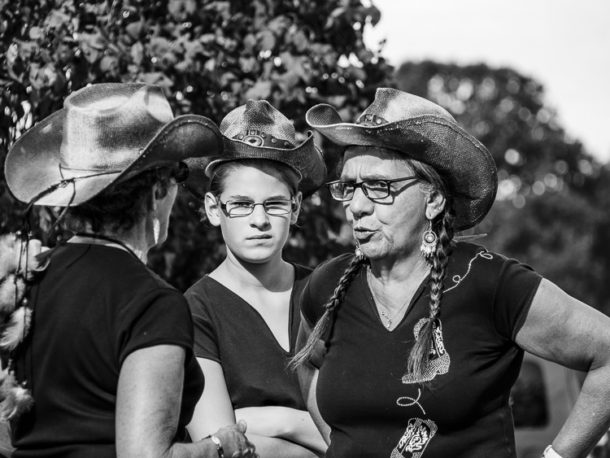
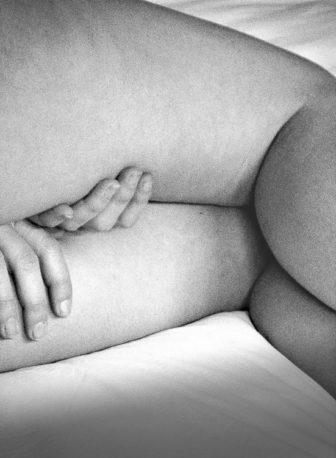
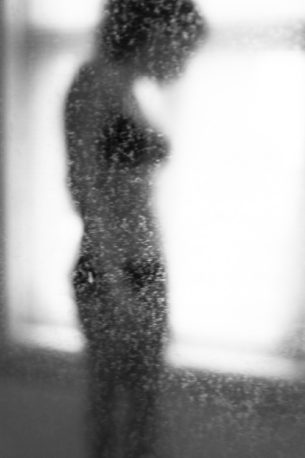
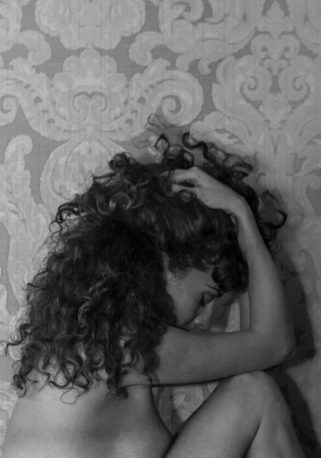
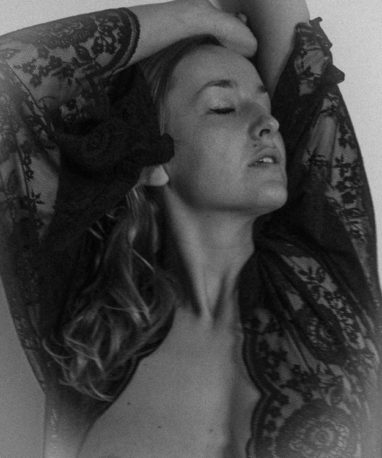
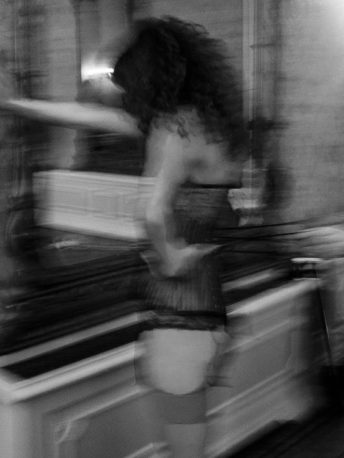














The opinions expressed by individual commentators and contributors do not necessarily constitute this website's position on the particular topic.